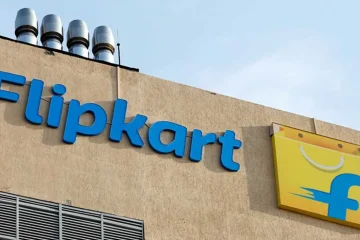Jio: Driving Digital Transformation in India

Introduction
In recent years, Jio has emerged as a significant player in India’s telecommunications sector, reshaping the landscape of digital connectivity. Launched in September 2016, Jio disrupted the market with its affordable pricing and extensive internet services, making high-speed data accessible to millions of Indians. The relevance of Jio extends beyond just being a telecom provider; it is a catalyst for digital transformation, impacting various sectors including education, healthcare, and entertainment.
Jio’s Evolution and Impact
Spearheaded by Reliance Industries Limited, Jio’s entry into the telecom market faced initial skepticism. However, its innovative approach quickly garnered attention. Within a year of its launch, Jio amassed over 100 million subscribers, thanks to its free trial period and competitive pricing strategies. Today, Jio boasts a subscriber base exceeding 450 million, cementing its position as India’s leading telecom operator.
The company’s focus on providing affordable 4G data has propelled India to become one of the largest data-consuming countries in the world. According to reports, Jio’s network users consume more than 10GB of data per month on average, an indication of the demand for digital services. Additionally, the rollout of JioFiber has brought high-speed broadband to households, further enhancing online experiences.
Innovative Services and Future Enhancements
Jio’s influence extends beyond basic telecommunications. It has launched various apps such as JioTV, JioSaavn, and the JioCinema platform, which have become popular among users. These services promote not only entertainment but also education and work-from-home solutions, especially in light of the COVID-19 pandemic, which saw a surge in digital content consumption.
Looking ahead, Jio is eyeing advancements in 5G technology. The company is actively preparing for the rollout of a robust 5G network, which promises to offer even faster internet speeds and more reliable connections. This next step is anticipated to further expand the digital economy of India, empowering businesses and facilitating innovations across various industries.
Conclusion
Jio’s transformative effect on the Indian telecommunications landscape is profound. By providing affordable data and innovative services, it has accelerated the digital journey for millions. As Jio gears up for the 5G rollout, its initiatives will likely continue driving India towards a fully digital society. The implications of Jio’s growth and advancements are significant not only for individual users but also for the economy at large, heralding a future where connectivity empowers and propels progress.









